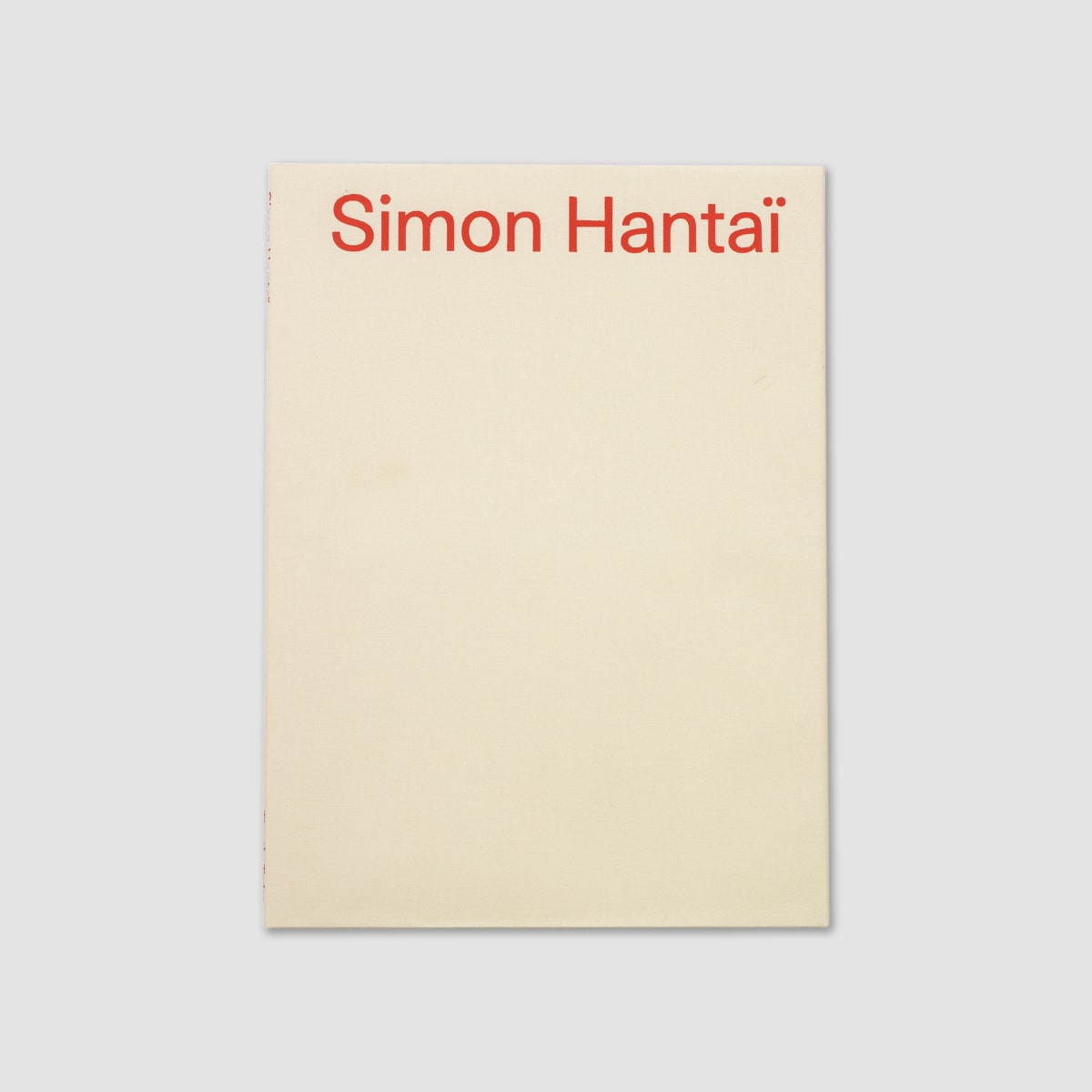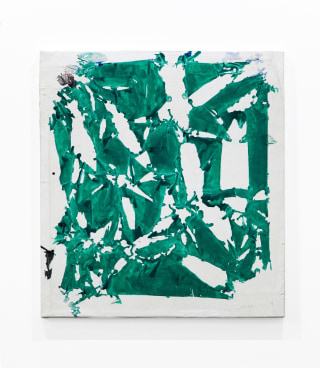Simon Hantaï
When Simon Hantaï unlocked his now renowned pliage method in 1960, the Hungarian-born, Paris-based artist achieved such overwhelming success in France that it would eventually force him to completely withdraw from the art world. Often referred to as ‘a silence’ – or, as Alfred Pacquement more accurately described, a ‘critical silence’ – Hantaï’s exit was less a retirement than a period of reflection and intellectual consolidation. From 1982 onwards he made no new paintings, and would seldom exhibit, despite consistent invitations from dedicated curators.
In 2013, following the artist’s death in 2008, the Centre Pompidou, Paris, mounted a major retrospective that introduced Hantaï’s significant artistic contribution to a new and responsive audience. Timothy Taylor brought the artist’s work to London audiences through a group exhibition at the end of that year, and has since followed this in greater depth through the presentation of fifteen paintings across two exhibitions; the first of these took place at Frieze Masters in October, 2015, and now this larger exhibition takes place at Timothy Taylor’s Mayfair gallery.
When Hantaï arrived in Paris in 1948 from Soviet-occupied Budapest, via a tour of Italy, Surrealism was in full swing. He quickly connected to one of the movement’s main proponents, André Breton, who immediately became a supporter. In the late 1950s, however, under the influence of Jackson Pollock, Hantaï departed from his figurative Surrealist paintings and began to experiment with unconventional painting instruments and with writing as gesture.
In 1960, Hantaï made a subsequent break with form, beginning his first pliage paintings, which would provide the critical basis of his work until his death. The technique – of folding, knotting, painting and unfolding the canvas – allowed Hantaï to develop an ‘automatic’ process, producing paintings that juxtaposed the naked material against bright colours to create striking, sumptuous images. Rather than determine composition through careful construction of the pictorial space, Hantaï painted the exposed surface, only revealing the painting to himself on the canvas’s unfolding.
Since the start of the 1980s, a number of collections of his work have been assembled that incorporate examples from each of his key series. The most well- known of these collections was gifted by Hantaï to the Centre Pompidou in 2003 and was drawn upon as part of the 2013 retrospective. A second collection, acquired privately in the early 1980s, has since remained in storage, with only one of the fifteen works having been exhibited in the artist’s lifetime. Timothy Taylor is honoured to be able to bring this remarkable collection to public attention.
A fully illustrated catalogue, with new commissioned texts by Jason Farago and Dr Anna Lovatt, designed by Zak Group, will be published on the occasion of this exhibition.
-
 Simon HantaïCatamuron1963Oil on canvas78 ½ x 80 ¾ in. (199.5 x 205.2 cm)
Simon HantaïCatamuron1963Oil on canvas78 ½ x 80 ¾ in. (199.5 x 205.2 cm) -
 Simon HantaïBourgeons1972Acrylic on canvas80 ½ x 92 ⅞ in. (204.3 x 236 cm)
Simon HantaïBourgeons1972Acrylic on canvas80 ½ x 92 ⅞ in. (204.3 x 236 cm) -
 Simon HantaïTabula1980Acrylic on canvas59 ½ x 59 in. (151 x 150.2 cm)
Simon HantaïTabula1980Acrylic on canvas59 ½ x 59 in. (151 x 150.2 cm) -
 Simon HantaïMeun1968Oil on canvas89 x 73 ⅝ in. (226 x 187 cm)
Simon HantaïMeun1968Oil on canvas89 x 73 ⅝ in. (226 x 187 cm) -
 Simon HantaïTabula (Violet)1975Acrylic on canvas109 ⅝ x 106 ½ in. (278.5 x 270.5 cm)
Simon HantaïTabula (Violet)1975Acrylic on canvas109 ⅝ x 106 ½ in. (278.5 x 270.5 cm) -
 Simon HantaïTabula1981Acrylic on canvas117 ⅕ x 193 ⅞ in. (298.5 x 492.5 cm)
Simon HantaïTabula1981Acrylic on canvas117 ⅕ x 193 ⅞ in. (298.5 x 492.5 cm) -
 Simon HantaïTabula1980Acrylic on canvas92 ⅞ x 154 ⅜ in. (236 x 392 cm)
Simon HantaïTabula1980Acrylic on canvas92 ⅞ x 154 ⅜ in. (236 x 392 cm) -
 Simon HantaïTabula1980Acrylic on linen adhered to canvas93 ⅛ x 156 ⅝ in. (236.5 x 398 cm)
Simon HantaïTabula1980Acrylic on linen adhered to canvas93 ⅛ x 156 ⅝ in. (236.5 x 398 cm) -
 Simon HantaïTabula (rouge/noir)1981Acrylic on canvas105 ½ x 163 ⅞ in. (267.8 x 416.2 cm)
Simon HantaïTabula (rouge/noir)1981Acrylic on canvas105 ½ x 163 ⅞ in. (267.8 x 416.2 cm) -
 Simon HantaïMariale m.a.71960Oil on canvas89 ⅓ x 80 ¾ in. (227 x 205 cm)
Simon HantaïMariale m.a.71960Oil on canvas89 ⅓ x 80 ¾ in. (227 x 205 cm)




















